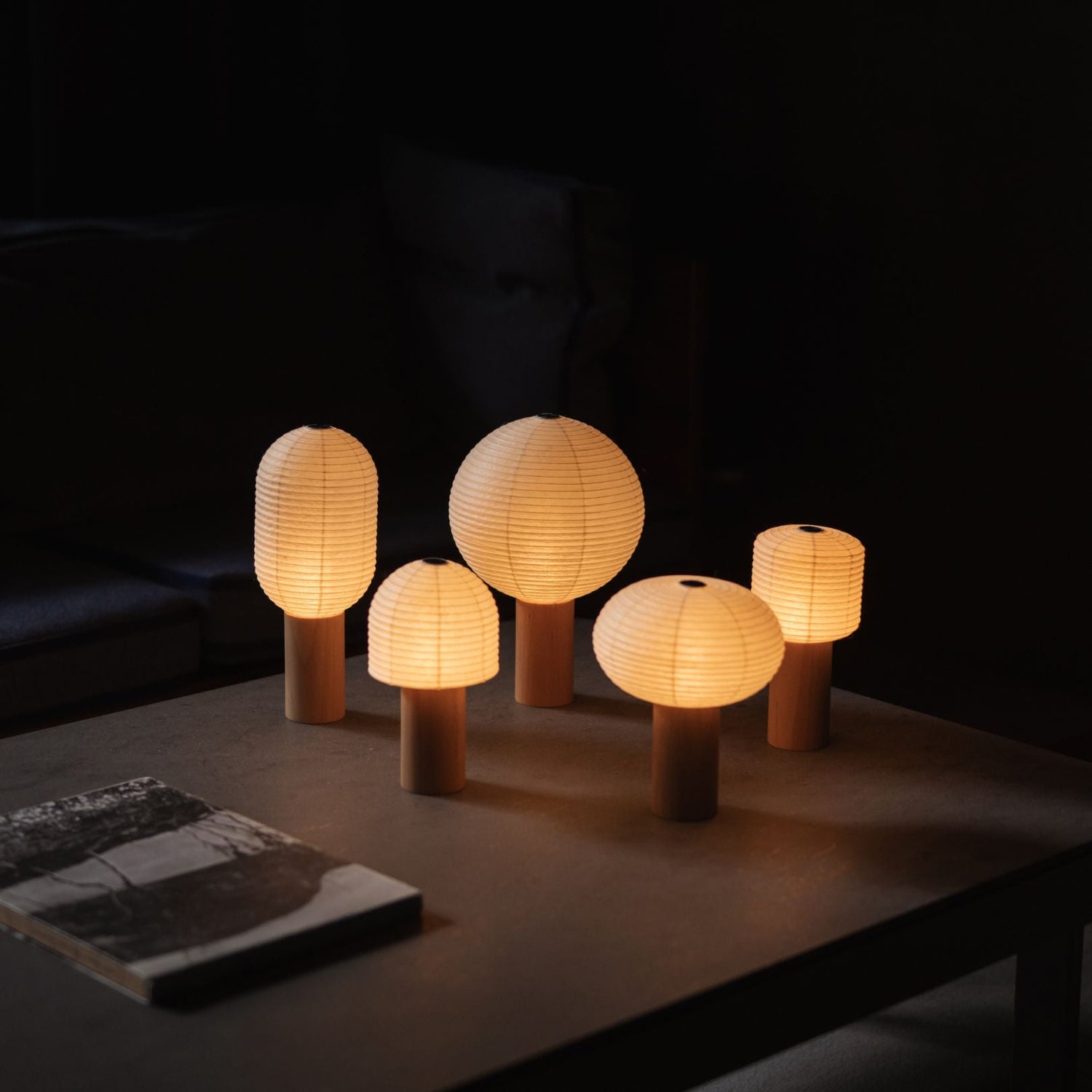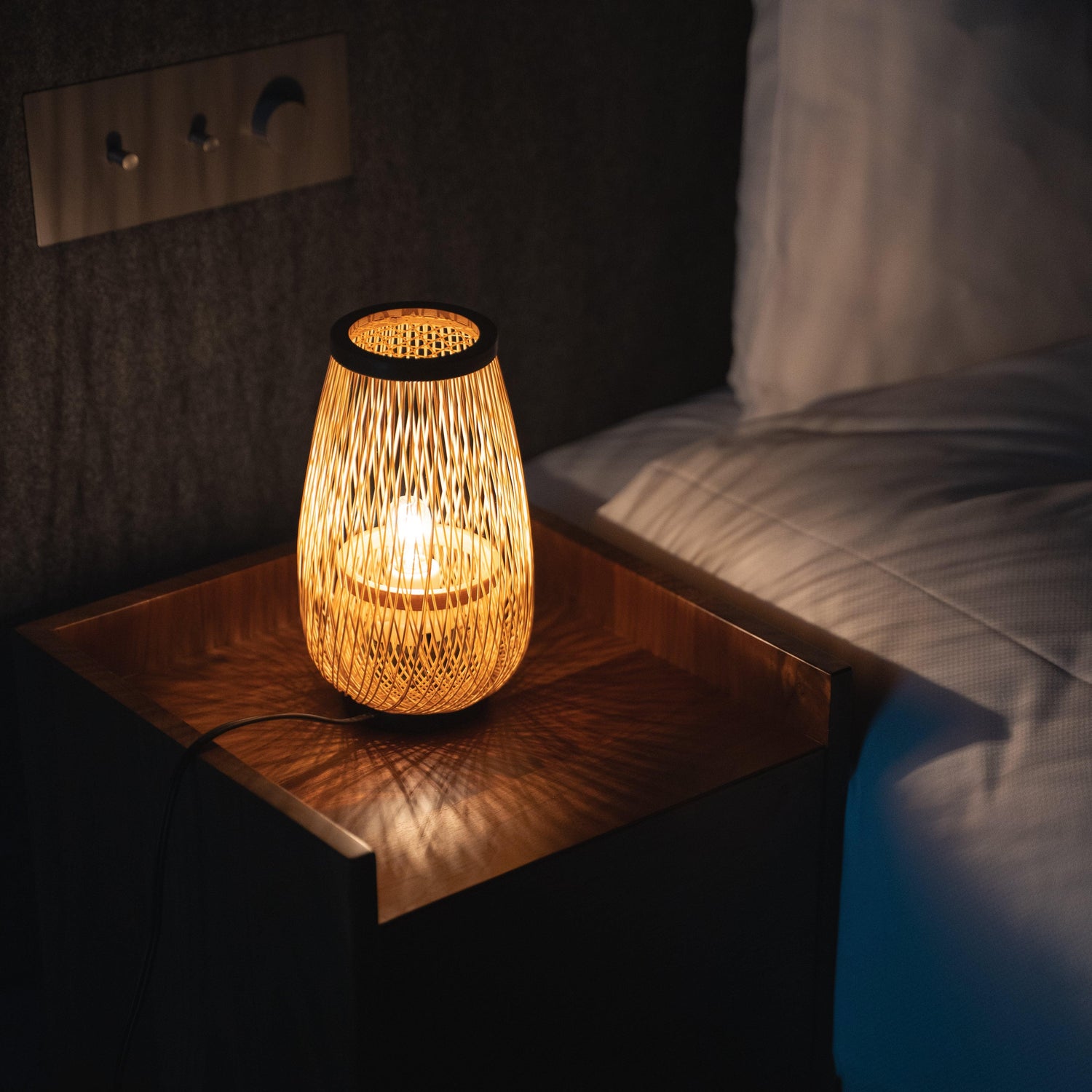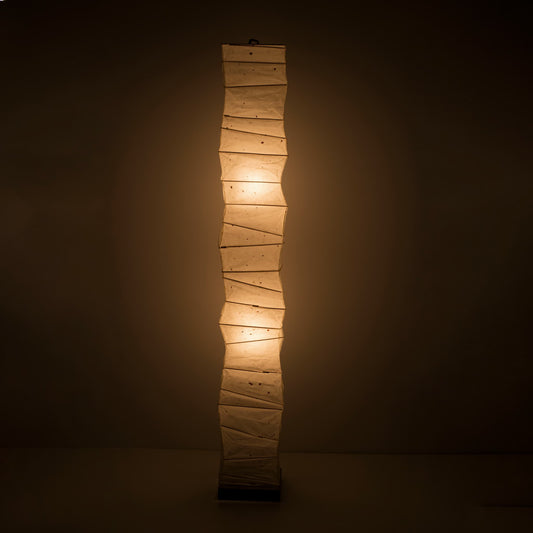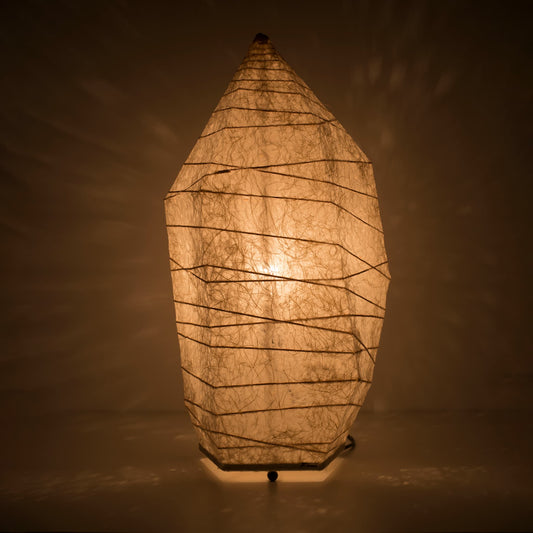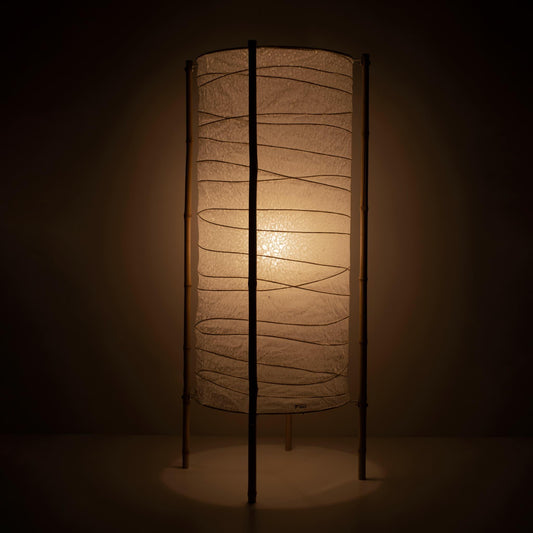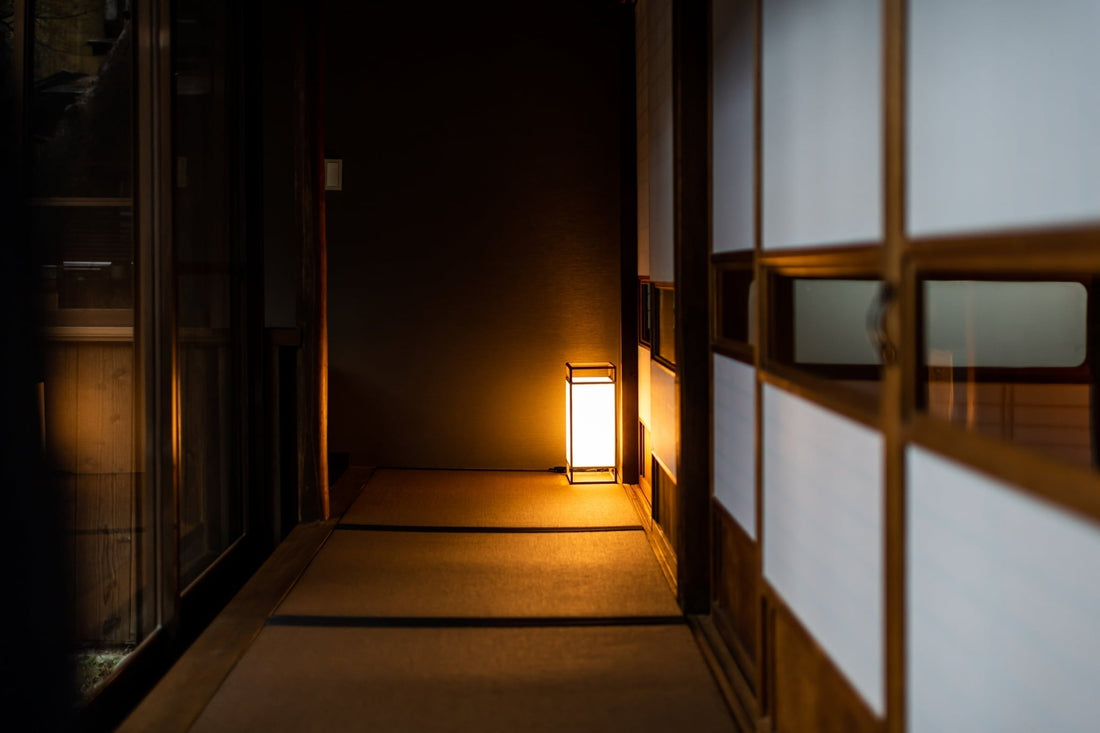
Japanese Lighting: History of Lanterns & Unique Aesthetics
Share
Exploring the history of "light" in Japan, its aesthetic values, and the modern culture of lighting is a journey that transcends the mere technological evolution of light sources, touching upon the unique culture of lighting in Japan. This article delves into the history of lighting in Japan, the unique aesthetic of "In'ei" (shadow and light), characteristics of lighting in traditional Japanese homes, various types of lighting fixtures, and the significance of incorporating these elements into modern times.
Table of contents
History of Japanese Lighting: From Ancient Flames to Modern Lamps

The culture of lighting in Japan began with ancient bonfires and torches, which illuminated the night paths and played a significant role in religious ceremonies. From the Muromachi period, lanterns were developed, and later, portable lanterns became widespread. Towards the end of the Edo period and into the Meiji era, the introduction of Western-style lighting progressed, and oil lamps appeared. Subsequently, the spread of electric lighting significantly transformed the culture of lighting.
"In'ei" - The Beauty of Shadow and Light in Japanese Aesthetics

In "In Praise of Shadows," written by the famous Japanese novelist Jun'ichirō Tanizaki between the late 1880s and the mid-1900s, the beauty and value of dimness in Japanese culture are introduced. "In'ei" refers not to pitch darkness but to a vaguely dim lightness where the presence of light is faintly perceptible.
In the book, Tanizaki uses the dimness created by shoji (paper doors) as an example. In traditional Japanese architecture, light entering from the engawa (veranda) is diffused through shoji, creating a soft illumination. In contrast to Western architecture, which sought to maximize direct light through glass doors, Tanizaki presented the soft light through shoji as a unique Japanese aesthetic. He also considered that objects such as Japanese lacquerware and gold leaf, which have a subdued presence compared to the glittering cutlery and jewels preferred by Westerners, developed in pursuit of beauty in dim light, typically illuminated by candles. At a time when society was rapidly westernizing and modernizing, Tanizaki lamented the swift loss of Japanese aesthetics and questioned society through "In Praise of Shadows."
Characteristics of Lighting in Traditional Japanese Homes

Lighting in traditional Japanese homes values natural light and its harmonious use. The design, which becomes dimmer towards the upper part of a room, creates a unique, soft light by utilizing light reflected off the eaves and veranda. Below are specific types of Japanese lighting fixtures introduced.
Exploring Traditional Japanese Lamps and Lanterns

- Andon (行灯): A lamp made of wood, bamboo, or metal frames covered with paper, using rapeseed or sardine oil.
- Bonbori (雪洞): A small, portable type of andon commonly seen in shrines and festivals.
- Chochin (提灯): Round lanterns with bamboo frames covered with paper or silk, often used as signs for izakayas and restaurants.
- Tourou (灯篭): Lanterns made of stone, copper, or metal, placed in traditional settings.
Benefits of Using Japanese Lighting in Modern Homes
Incorporating Japanese lighting fixtures into modern living spaces means not only ensuring brightness for practicality but also creating a peaceful atmosphere, seeking beauty and tranquility in dimness, and embracing harmony with nature and cultural significance in homes. Additionally, modern Japanese-style lighting fixtures, which enjoy the play of light and shadow, can offer new delights and tranquility in home spaces.
Japanese "light" has deeply influenced people's lives and aesthetic senses through history. Understanding its unique culture and technological evolution can provide hints for a richer life.
Japandi Style: Blending Japanese and Scandinavian Lighting
The "Japandi" style, a fusion of Japanese wabi-sabi aesthetics and Scandinavian minimalism, captivates with its simple yet refined ambiance. Lighting plays a crucial role in shaping the atmosphere of a Japandi space. Here are some key points to consider when incorporating Japanese lighting.
1,Choosing Simple and Warm Lighting
When selecting lighting for a Japandi style, simplicity and warmth are essential. Lighting made from natural materials like bamboo, wood, or washi paper casts a soft glow, gently enveloping the space. Opt for rounded or simple shapes. For a more tranquil ambiance, choose earth tones like beige, brown, or green for the lighting. Incorporating retro bulbs can also enhance the mood.
2,Creating Individuality Through Lighting Combinations
Skillful combinations of lighting can add depth and personality to a space. For general illumination, consider pendant lights suspended from the ceiling or recessed ceiling lights. For task lighting, strategically place floor lamps or table lamps to provide focused light where needed. Combining different materials and shapes creates rhythm and adds a touch of sophistication.
3,Mindful Placement with Negative Space
In Japandi style, it's important to be mindful of "negative space." Overcrowding the space with too many lights can create a cluttered impression, diminishing the desired simplicity. Consider the overall balance and strategically place only the necessary lighting where needed.
4,Balancing Japanese and Scandinavian Elements
When incorporating Japanese lighting, be careful not to overdo the Japanese elements, as this can shift the style towards a more traditional Japanese modern look. Strive for a harmonious balance with Scandinavian furniture and décor to achieve a cohesive overall aesthetic.
Creating a Japandi lighting scheme is a nuanced endeavor with endless possibilities for customization. Using these points as a guide, craft your own comfortable and unique Japandi space.
Japanese "light" has deeply influenced people's lives and aesthetic senses through history. Understanding its unique culture and technological evolution can provide hints for a richer life.



